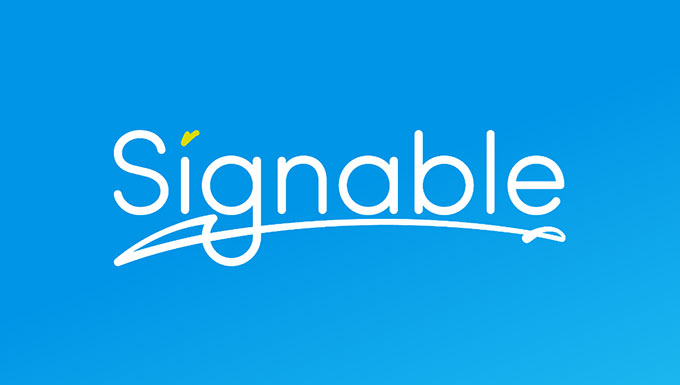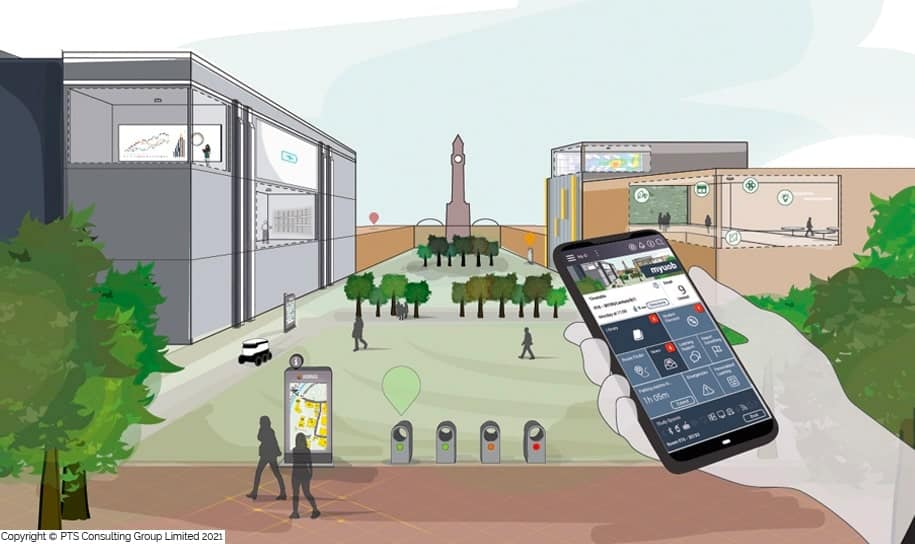How smart campuses are shaping the future of education

Published:
Smart tech is evolving rapidly thanks to a burgeoning IT sector and the focus on IoT technology. Indeed, the number of connected devices is predicted to rise to over 75 billion by 2025. That smart tech is smart campuses.
The University of Birmingham recently made the news as it partnered with Siemens in an effort to create ‘the world’s smartest campus’. You might think that this sounds like quite a boast – but actually it has nothing to do with the intelligence of its students.
Rather it refers to utilising a range of technologies, data and connectivity to support teaching and learning.
It is up to all universities and institutions of learning to keep pace with that technology. They should provide sufficient leverage to ensure the greatest benefit to both staff and students.
Indeed, so-called ‘smart campuses’ look to be the future for these institutions with universities around the world choosing to invest heavily in tech.
Here we take a look at smart campuses to understand what is meant by the term, and to see how they are shaping the future of education.

What is a smart campus?
The term smart campus can take many forms, but ultimately it refers to the use of technology on campuses and in classrooms to provide new services and experiences, as well as to improve the efficiency of facilities.
This technology can include anything from location services that allow students to more easily find their way around, to the integration of technology that allows for on-campus purchases to be made via digital devices.
The realities of any specific smart campus can be very particular to an individual university. Here are some real world examples of smart campuses in action:
- In the US, the University of Kentucky is undergoing a scheme to provide all income students an iPad to ensure that they all have the ability to learn via integrated university technologies. According to the University: “We’re interested in technology to help students learn and compete in the workforce for which we are preparing them. We want to give our faculty the kinds of tools that match their expertise as teachers.”
- The University of Oxford has been using virtual reality (VR) technology for a number of years in an effort to train doctors. “Virtual reality gives students access to a whole number of virtual patients in a way that doesn’t exist at the moment,” said Sally Shiels, a medical education fellow at the University of Oxford.
- California State University at Long Beach introduced their Smart Campus Initiative in 2016, placing a focus on a number of different schemes including digital signage, digital wayfinding, and esignatures for document signing.
Making learning more flexible
One of the major features of smart campuses is the ability to offer more flexible learning opportunities to students.
There has been a huge uptake in universities offering hybrid or blended learning which focuses on a mix of in-person lectures, tutorials and discussions with digital technology and online learning materials.
Giving students the chance to learn in a way that suits their present circumstances and schedule can be hugely beneficial.
Providing a safer environment for students and staff
Another massive benefit to smart campuses is their increased ability to protect students and staff.
Security is a key issue at educational institutions. Technologies such as digital communication tools can actually make it easier for discreet reporting on campus issues, so that security staff and police can be notified.
Of course, smart campuses also need to focus on digital security which is a growing problem – this is something universities need to invest in further.
According to cybersecurity specialists Redscan, 27% of UK universities admitted to never undertaking third-party penetration tests. Crucial tests that minimise the risk of cybercrimes being committed.
“Even at this time of intense financial pressure, institutions must ensure that their cybersecurity teams receive the support they need to defend against sophisticated adversaries,” said Mark Nichols, CTO of Redscan “breaches have the potential to seriously impact organisations’ reputation and funding”.
The future of smart campuses
There are many rising trends that we can expect to see rolled out across smart campuses around the world.
An example includes smart facilities management that uses Wi-Fi to establish how many students are in a room and then automatically adjusts cooling, heating and lighting to maximise comfort and reduce energy use. We are also seeing smart sensors provide real-time location assistance to the visually impaired.
There are so many advantages to universities making better use of technology. It will be exciting to see the direction of digital education. Smart campuses are only the beginning.
About the author: Dakota Murphey
After working as a Business Growth Consultant for over a decade I developed my knowledge and experience extensively and now aim to establish myself as an expert in the field. I’ve contributed to a number of authoritative online resources which has given me the platform to share my voice with like-minded professionals.Writing independently enables a fantastic work-life balance, allowing me to travel and enjoy being a full-time Mum to my two amazing boys.